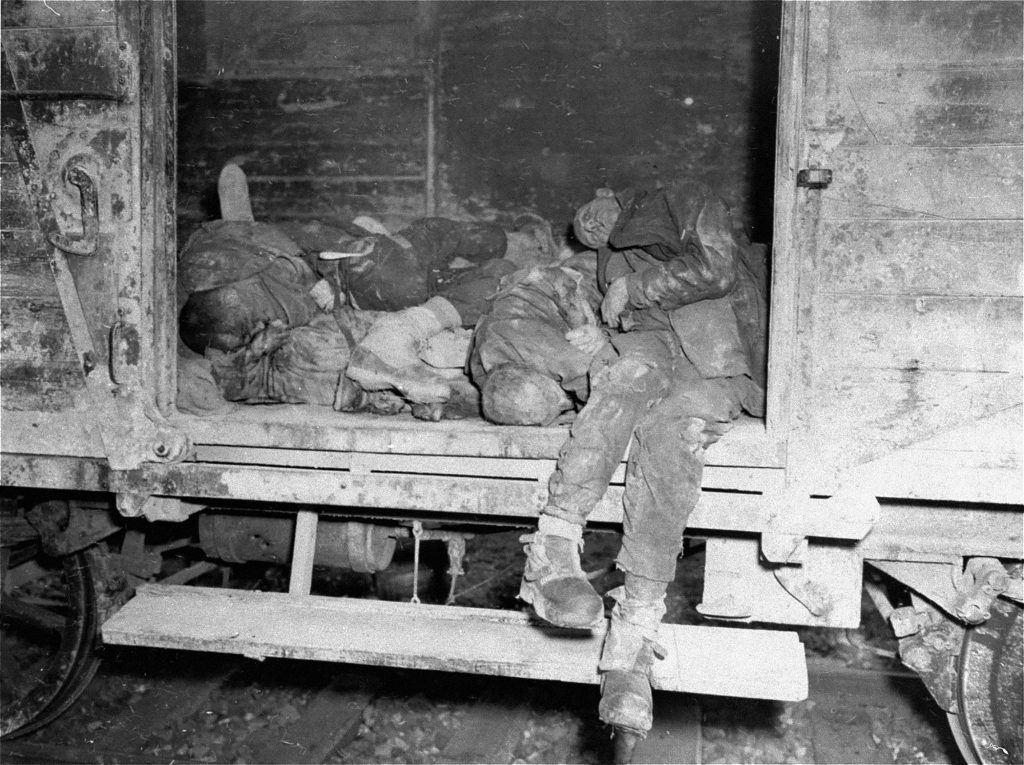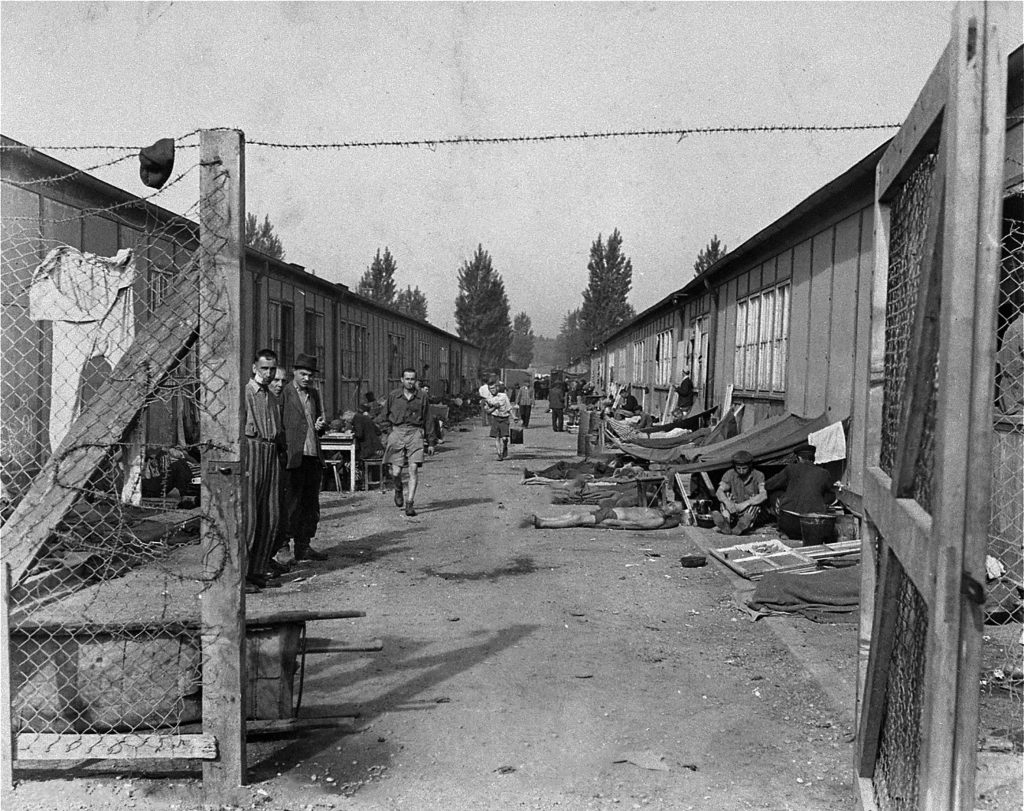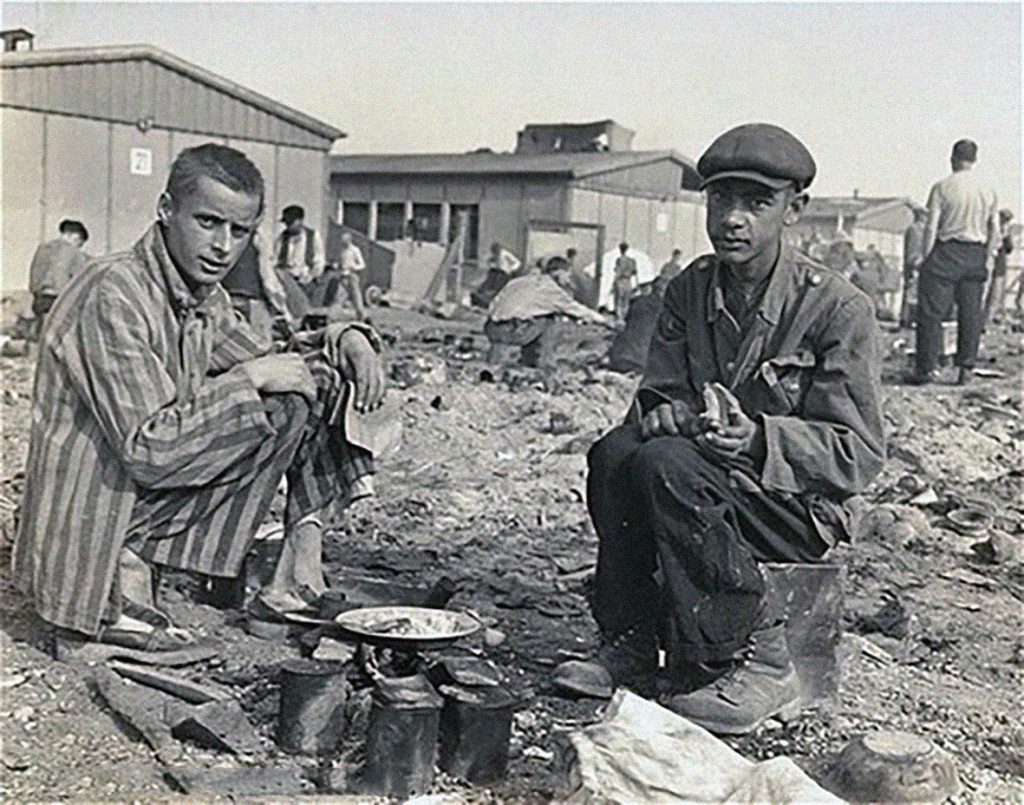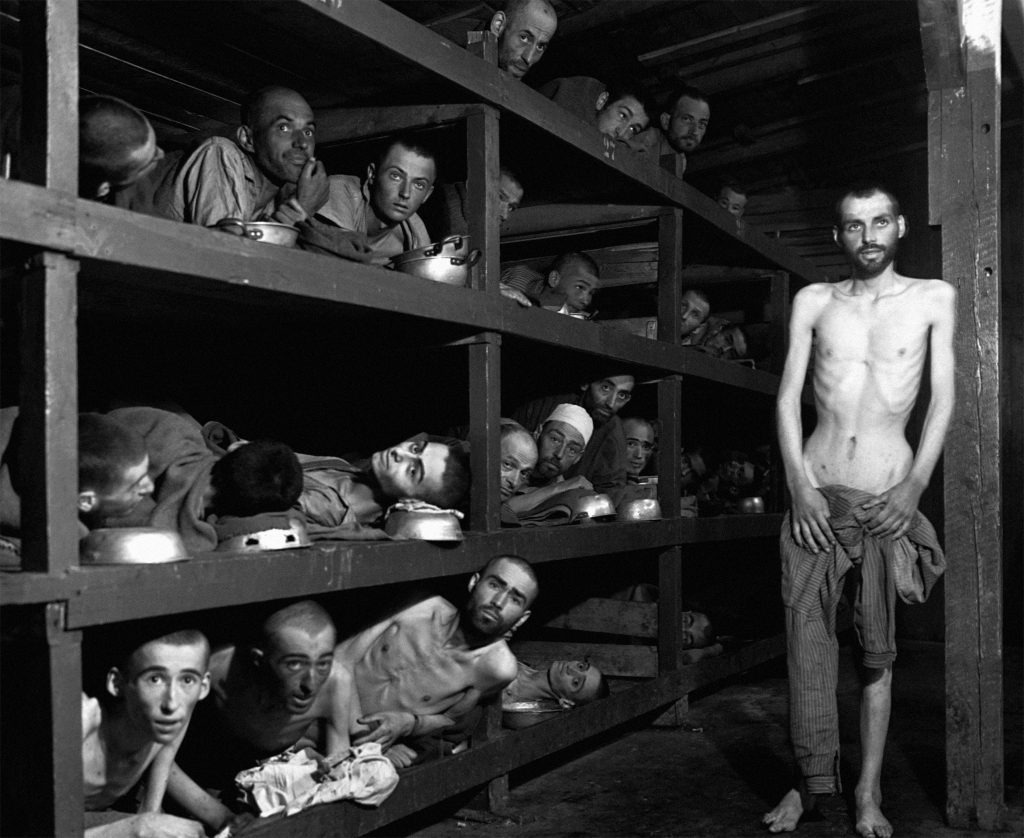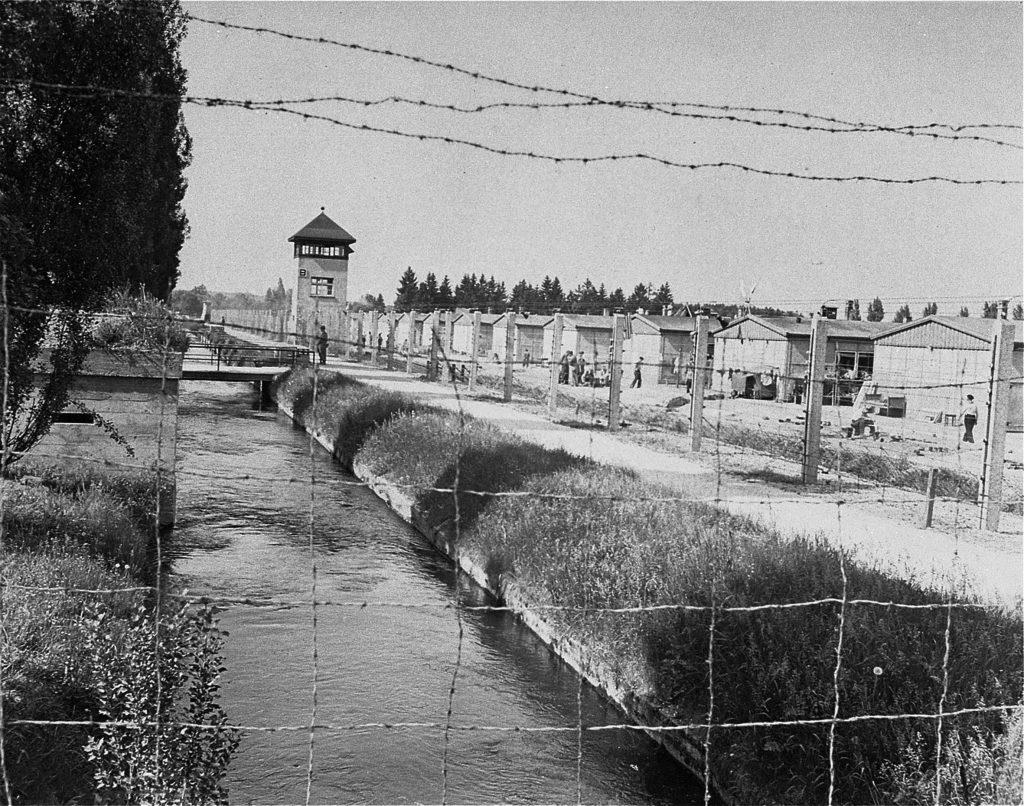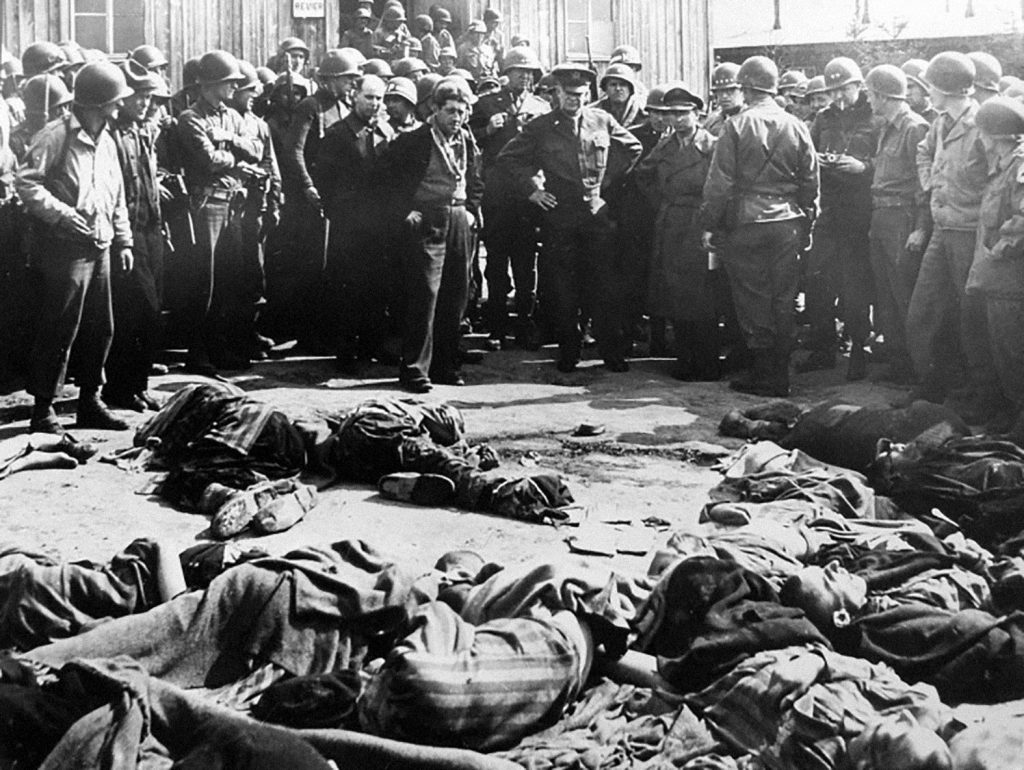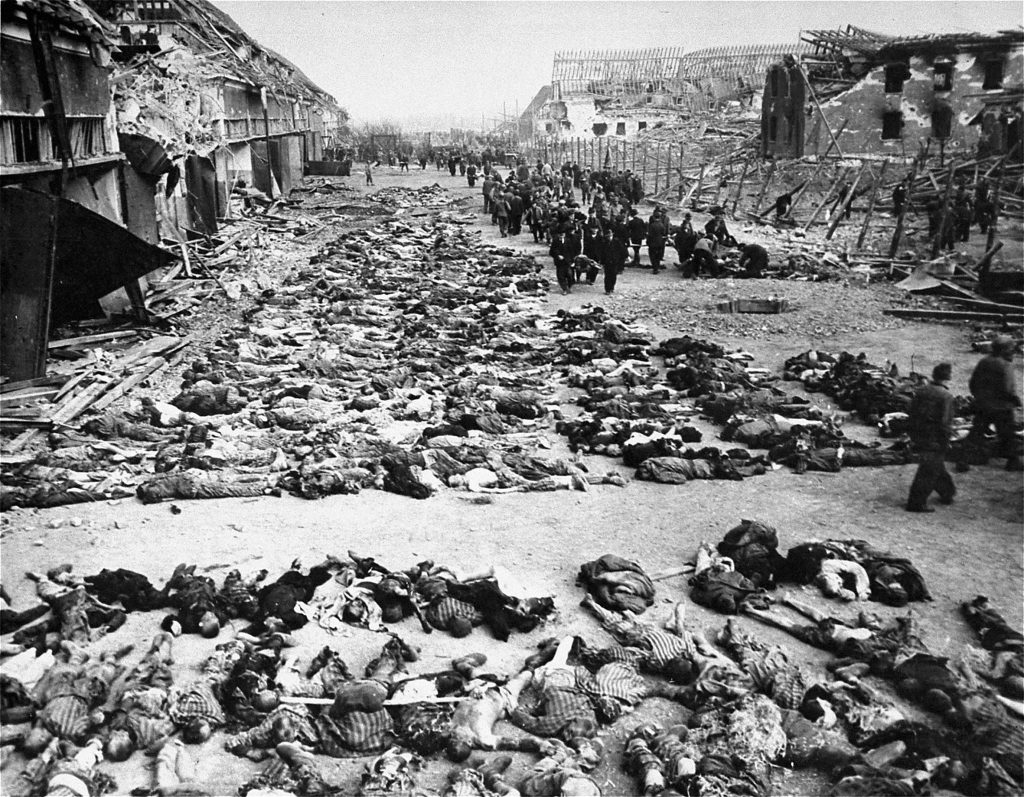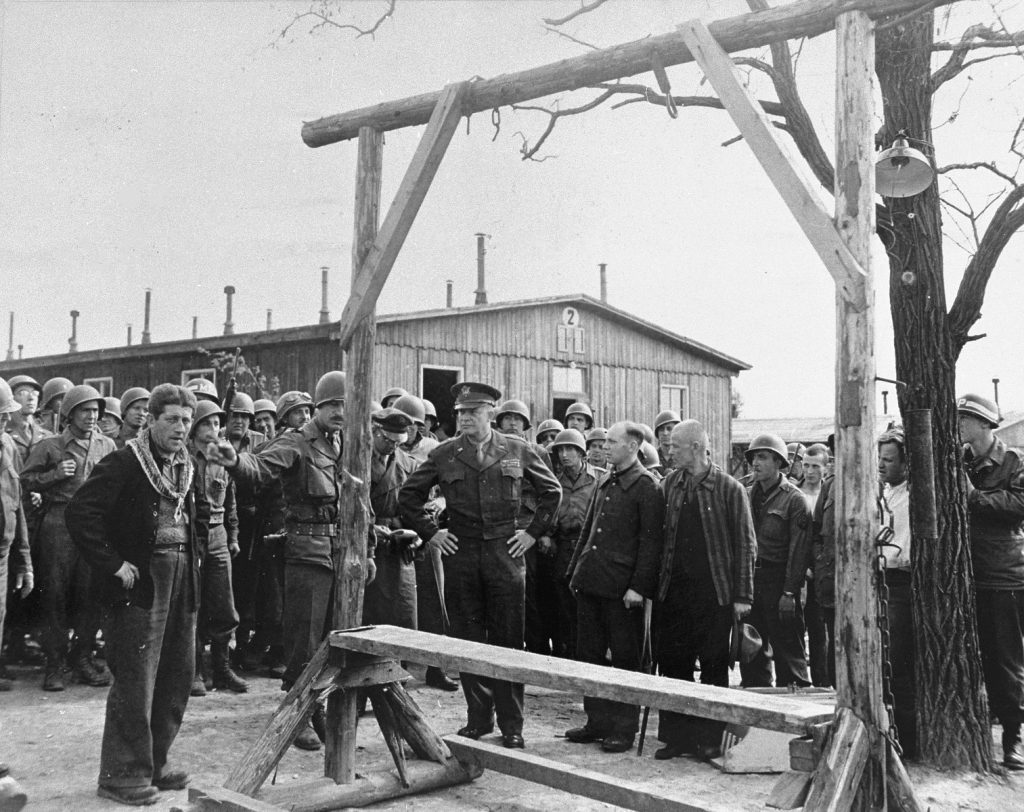The Holocaust
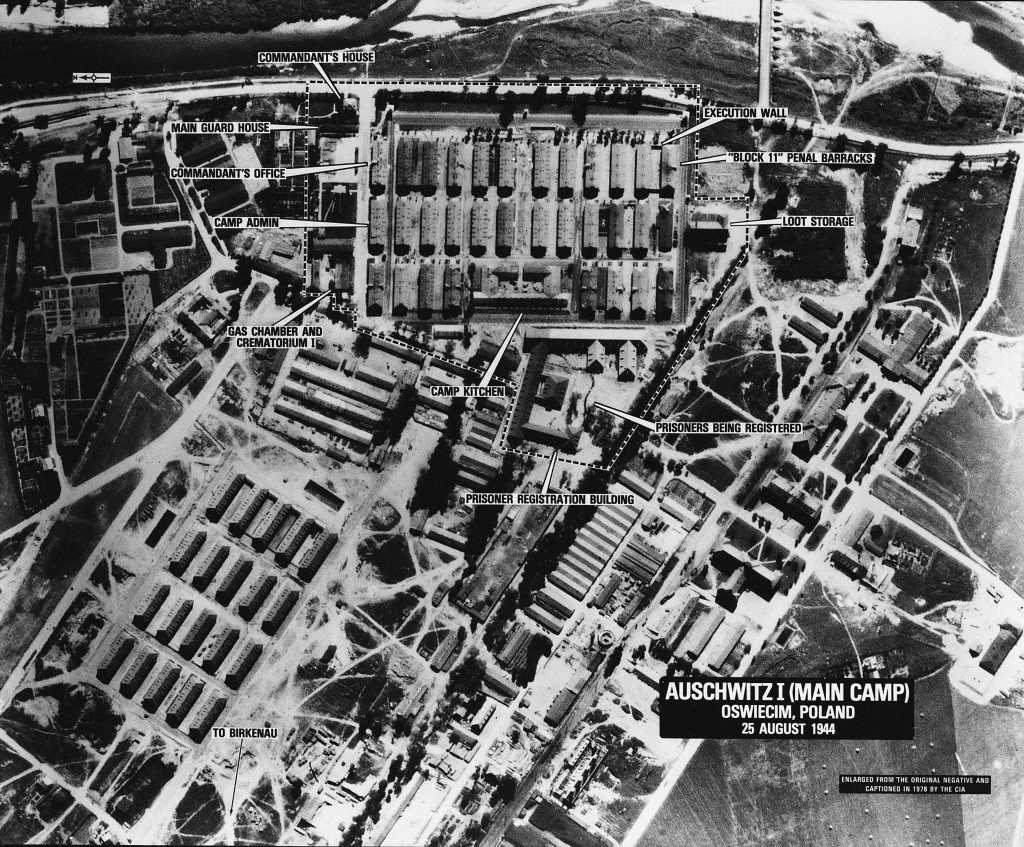
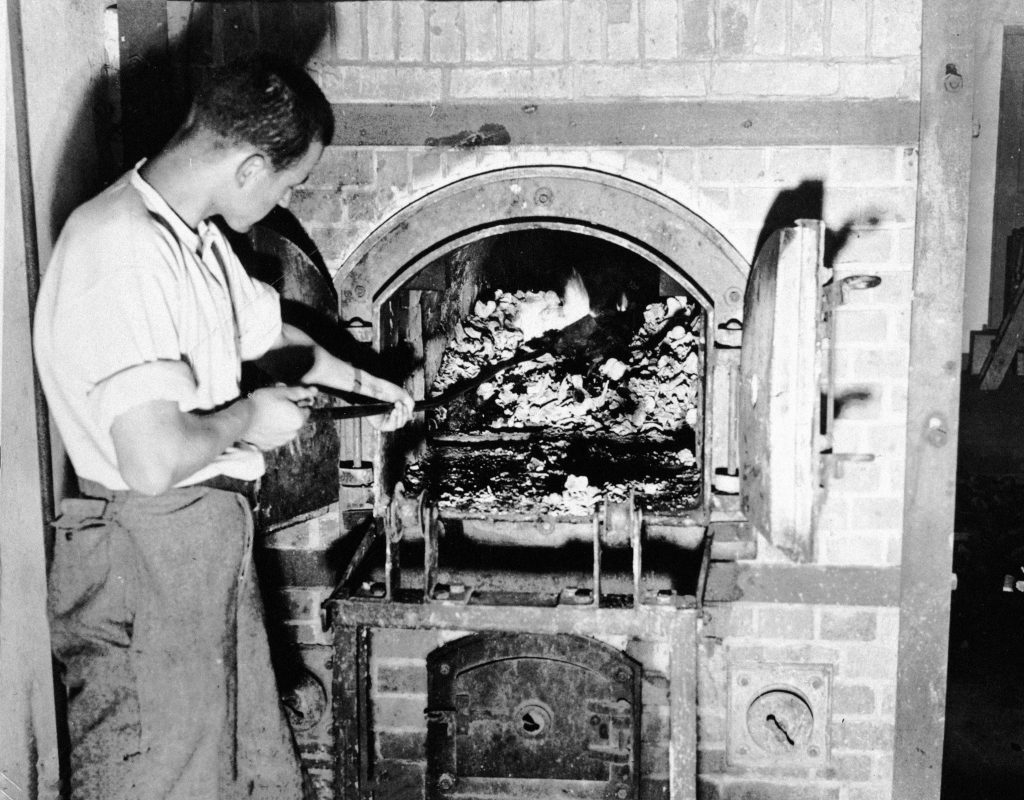
Under the cover of the Second World War, the Nazis sought to destroy all the Jews of Europe. This event is called “the Holocaust”.
Conditions in Germany after the First World War saw the rise of a new right-wing group, Adolf Hitler’s National Socialist or Nazi party. In 1933, Hitler took control of Germany. The Nazis founded their state on the idea that there was a “Master Race”, superior to all others. Antisemitism – hatred of Jews – was central to their worldview. They built on a 2,000-year-old tradition of antisemitism that was already very widespread in Europe.
German Jews became outcasts. They lost their German citizenship, were barred from public service and most professions, and denied state social security. As Nazi persecution intensified, Jews became increasingly desperate to leave Germany but emigrating was a major step, and very difficult.
On 1 September, 1939, Germany invaded Poland. The two million Polish Jews now under Nazi control were subjected to random violence and forced into ghettos, where thousands died of hunger and disease. As Germany conquered more European countries, more Jews experienced Nazi brutality. With the invasion of the Soviet Union in June 1941, Nazi death squads began murdering Jews in mass shootings. Six months later, the first of six death camps was set up in Nazi-occupied Poland. In these camps, the largest of which was Auschwitz-Birkenau, Jews were murdered with poison gas.
The Nazis mobilised the entire apparatus of a modern state – including the police, army and private industry – to carry out what they called ‘the Final Solution of the Jewish Question in Europe”. They used the railway system to transport Jews from across Europe to their deaths. Those Jews not killed immediately were worked to death in a vast network of concentration camps which stretched right across German occupied territory.
The mass murder of Jews ended only with Germany’s defeat by the Allies in May, 1945. By then, the Nazis and their collaborators had murdered two-thirds of Europe’s Jewish population: six million people and among them, 1.5 million children.
